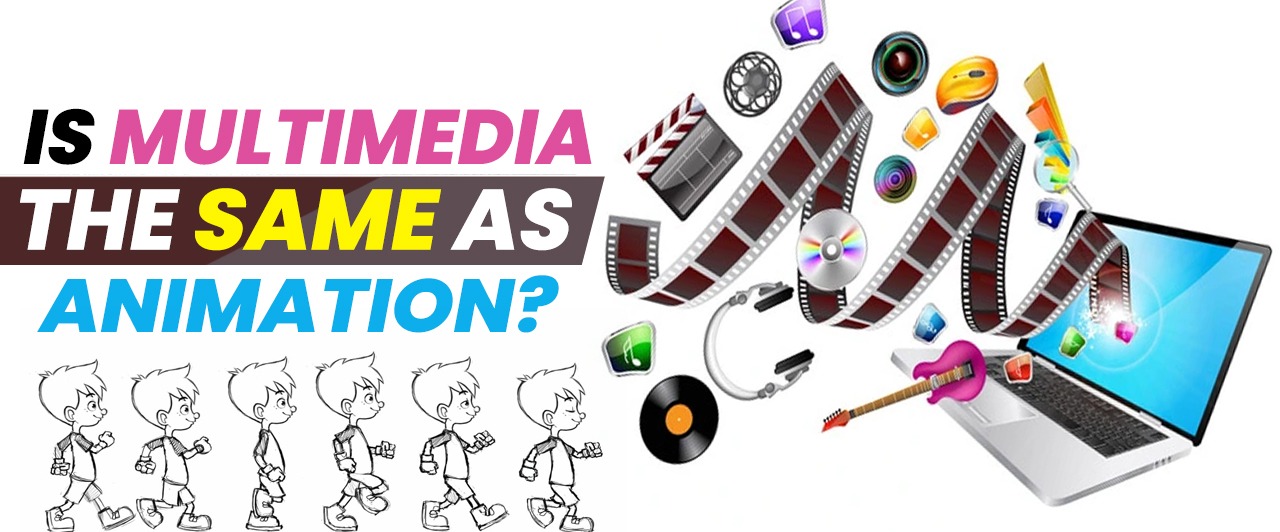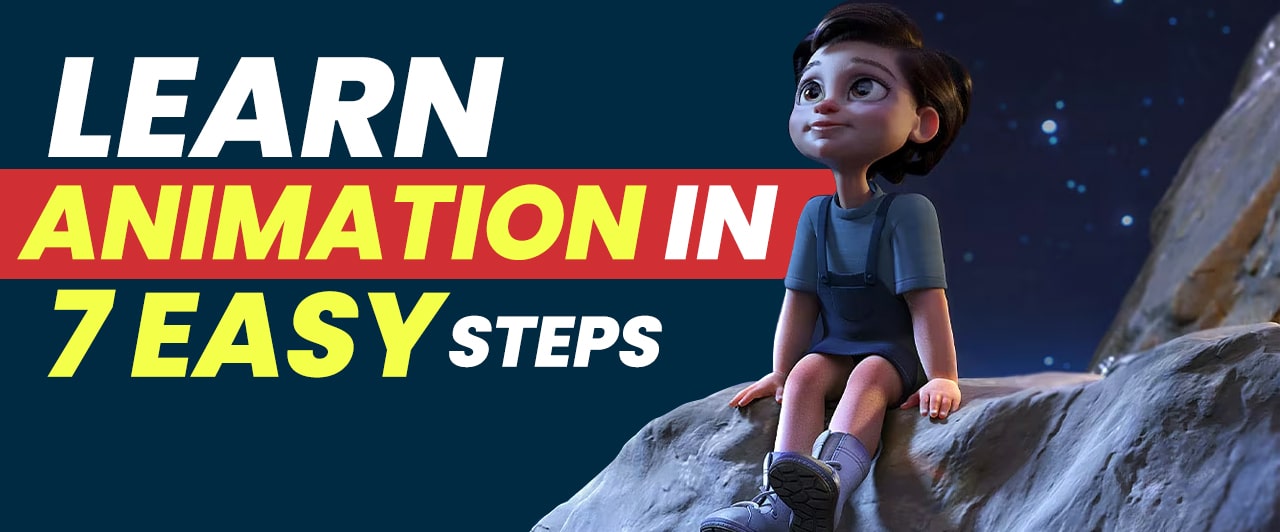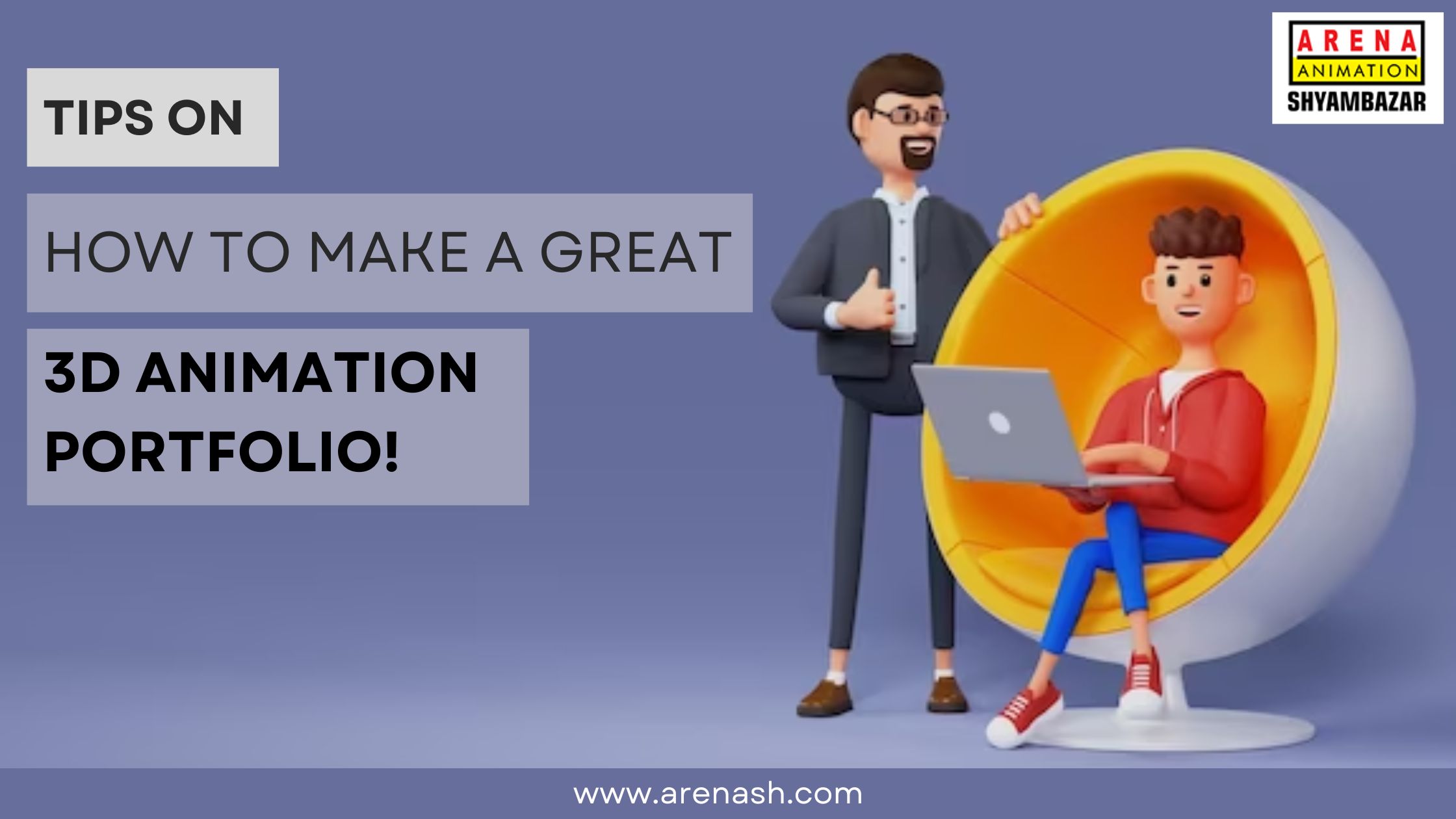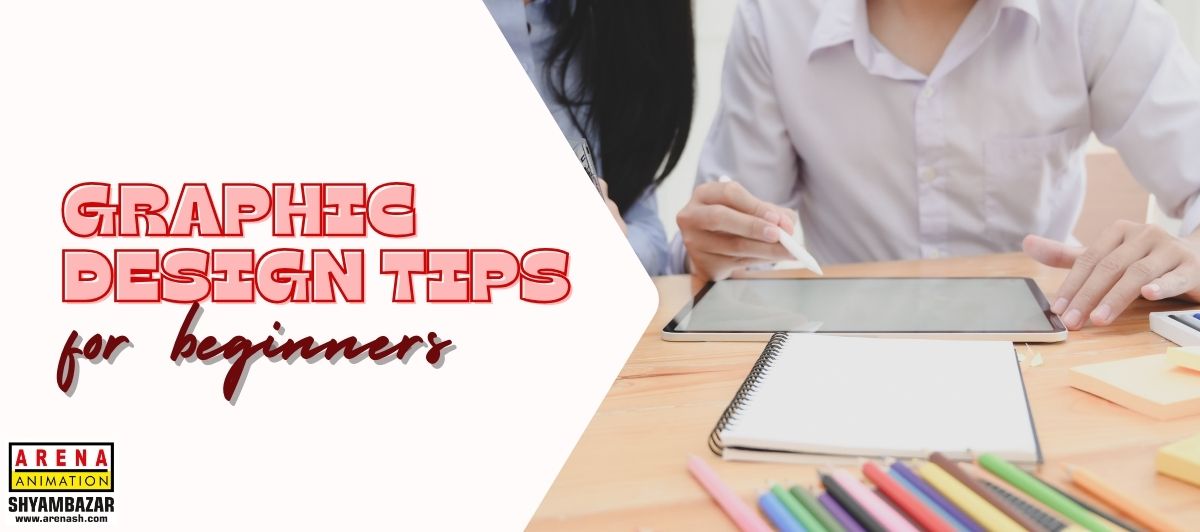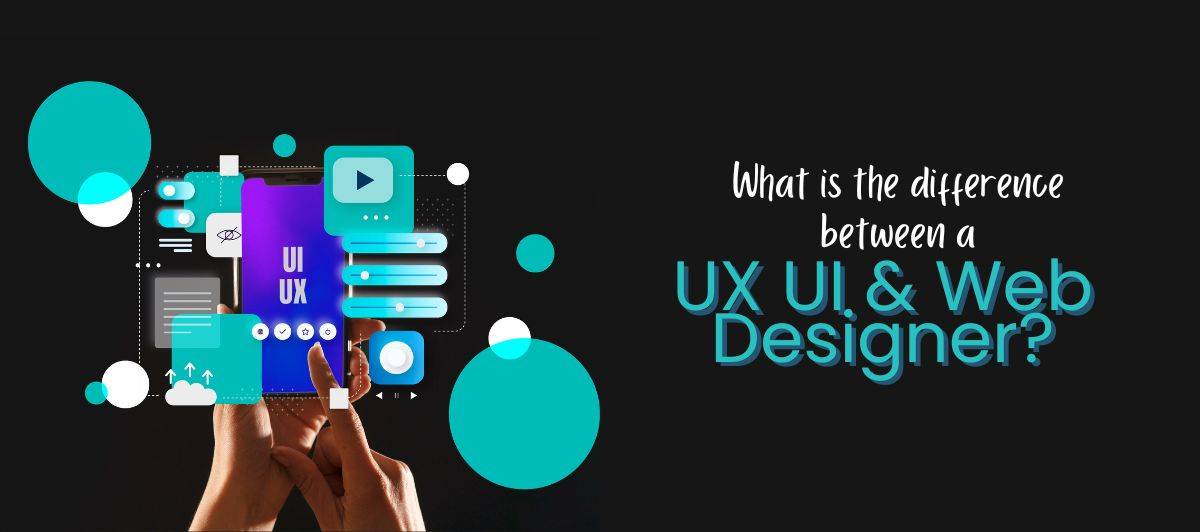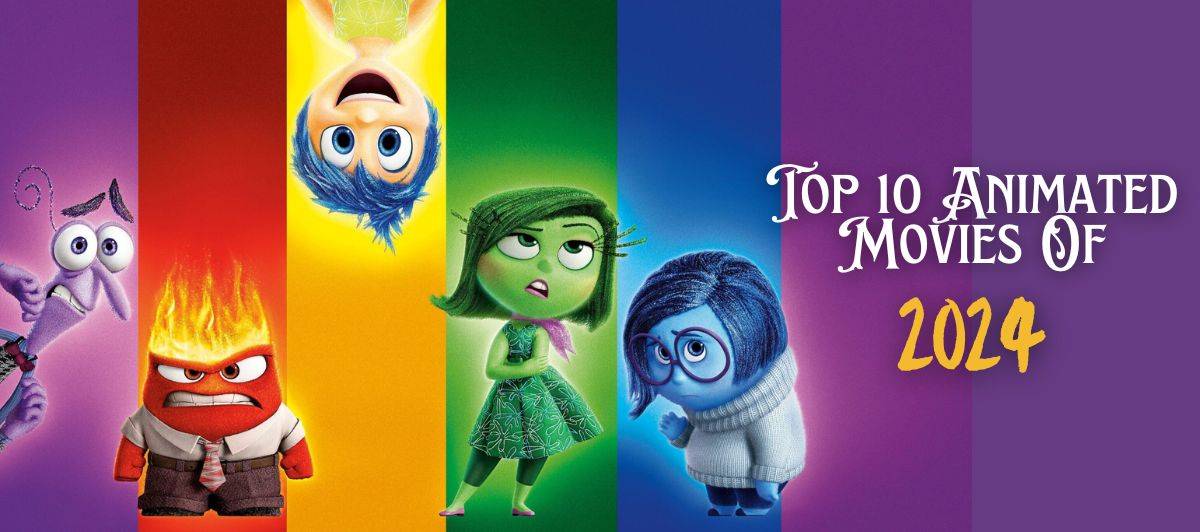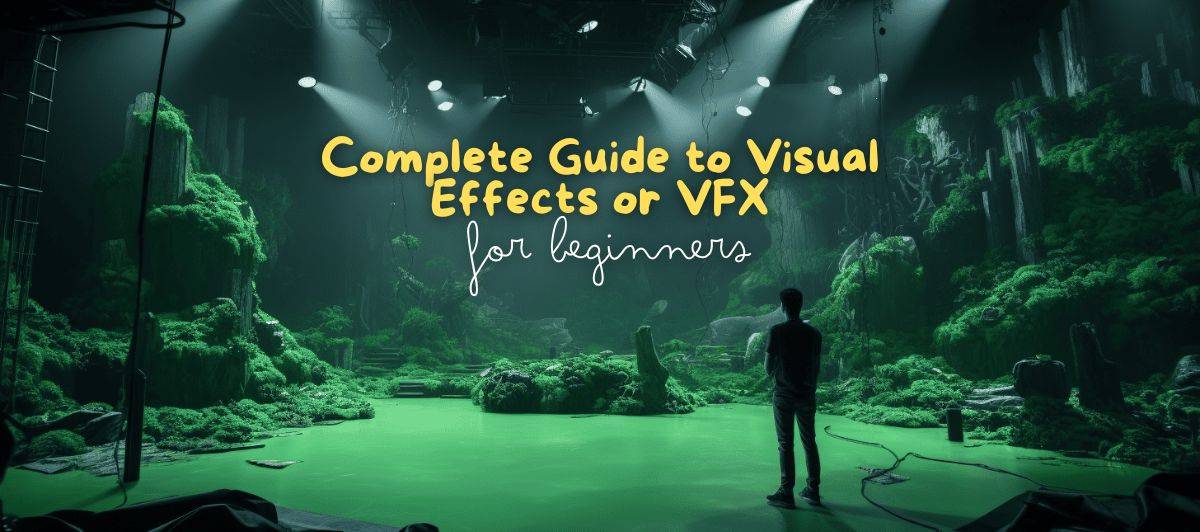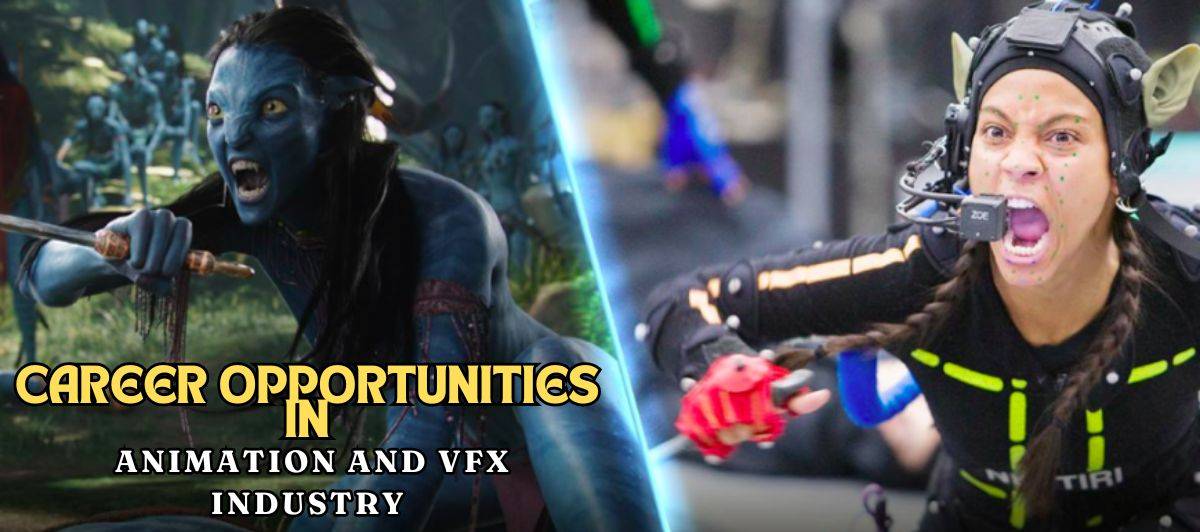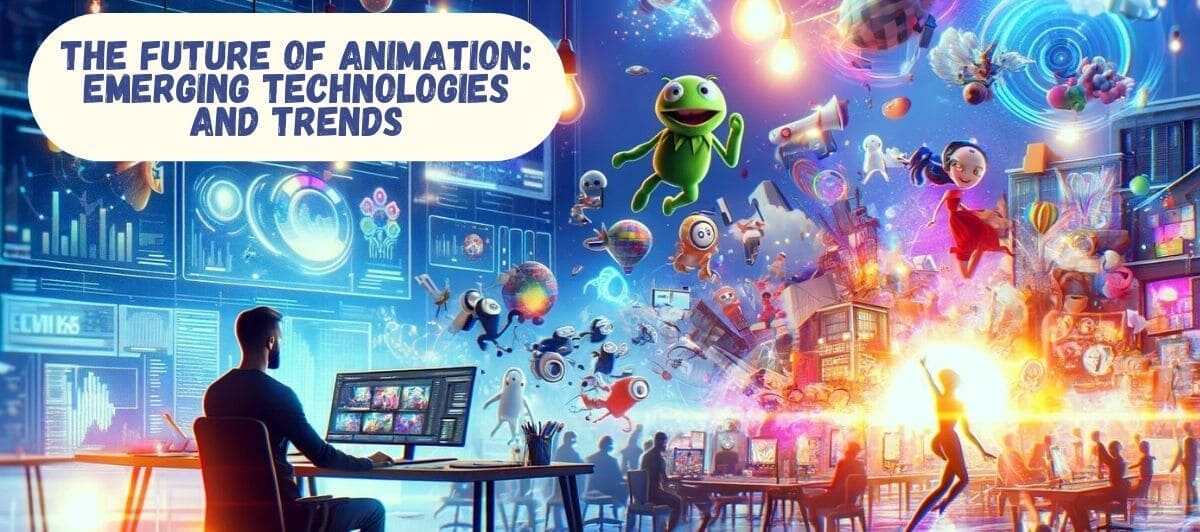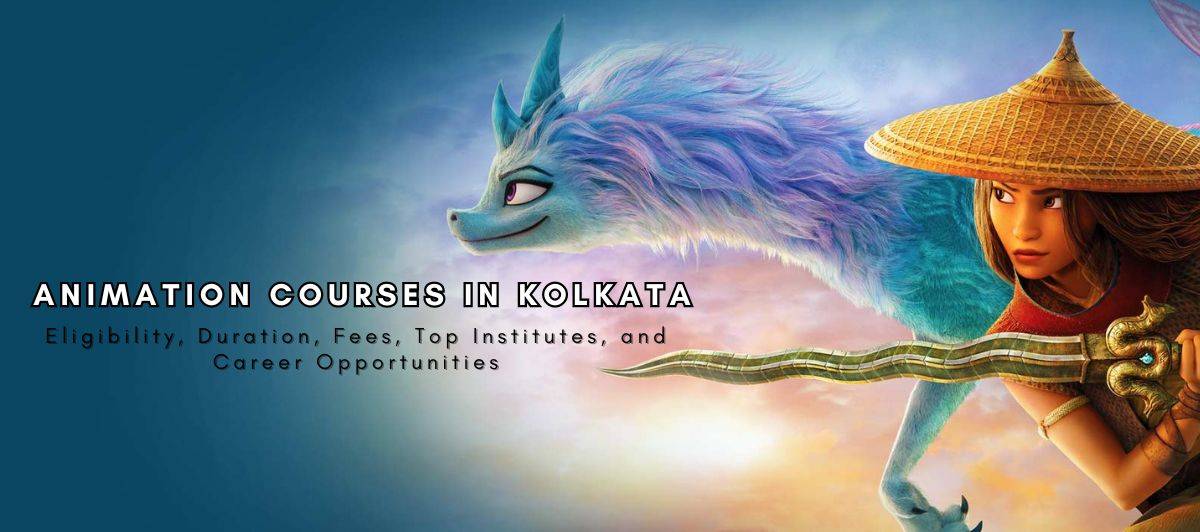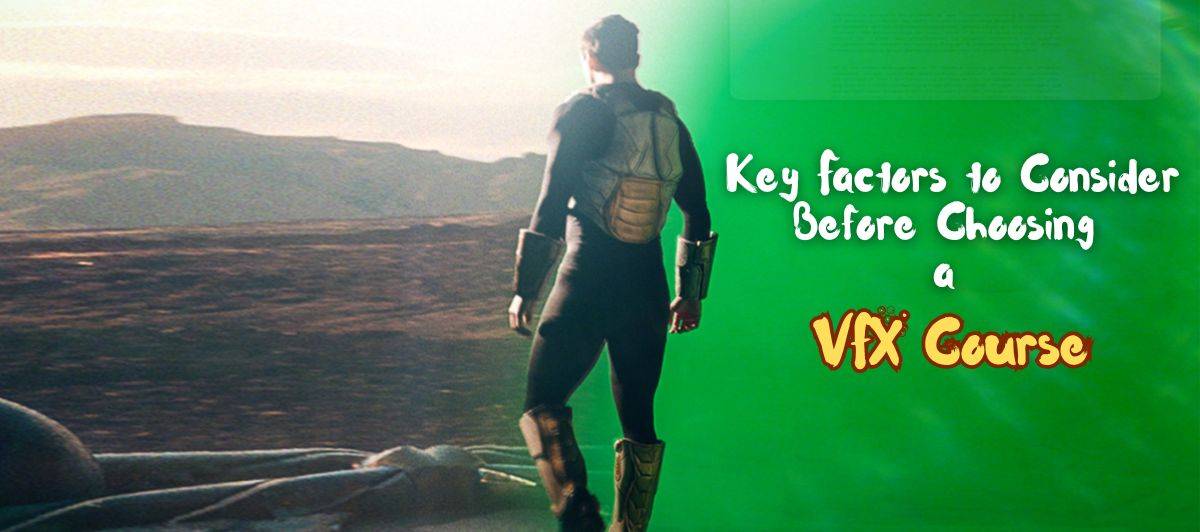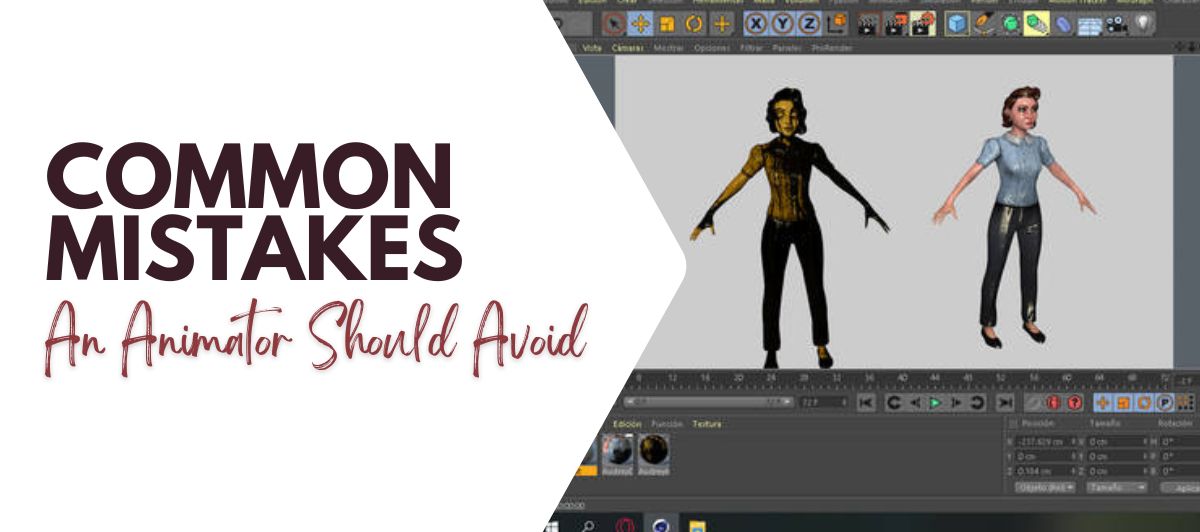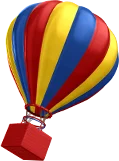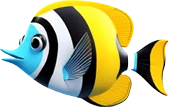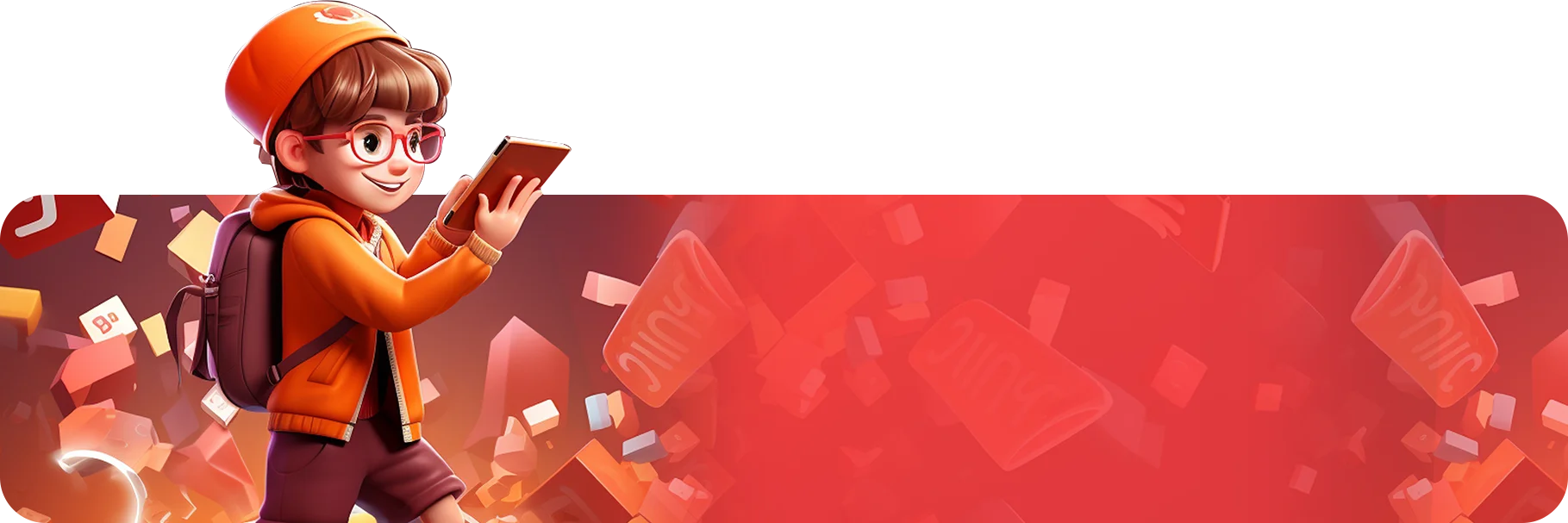Is multimedia the same as animation? Know the facts!
Multimedia and animation are two terms that are often used interchangeably in popular culture. While both terms are related to visual media, they are not exactly the same thing. Multimedia refers to the use of different types of media to communicate information, whereas animation refers to the creation of moving images using computer software or other techniques. In this blog, we will explore the differences and similarities between multimedia and animation.
What is Multimedia?
Multimedia is the integration of different forms of media such as text, graphics, audio, video, and animation to create a more engaging and interactive experience for the user. The term multimedia was first used in the 1960s to describe the use of multiple forms of media in a single presentation. Since then, it has become an integral part of modern communication, education, and entertainment.
A multimedia advertising campaign may use text, graphics, audio, and video to convey a message to potential customers. Similarly, a multimedia video game may include graphics, audio, and animation to create an immersive and engaging experience for players.
Multimedia is itself a platform and includes — designs, web designs, animation, photography, sound design, film production, web application, etc. These work as multiple strands to create an umbrella that houses every type of visual communication. This web of networks is termed multimedia.
Multimedia can be broken into two parts: “multi” and “medium”. Here the information is spread in digital form. If we go back in time, these multimedia were viewed through either television or radio. But, the evolution of modern technology and the introduction of computers has paved the way for computers, laptops, and mobile. Now, these smart gadgets are being used to transfer files. Multimedia files have also become a primary source of interaction among businesses, schools, and offices.
Multimedia is used in a wide variety of applications such as e-learning, advertising, digital marketing, entertainment, and video games. For example, a multimedia course may include text, graphics, audio, and video to help learners understand complex concepts. You can learn more about this by joining a multimedia course in Kolkata.
What is Animation?
Animation, on the other hand, is the process of creating moving images using computer software or other techniques. Animators use a variety of tools and techniques to create the illusion of movement in static images. These techniques include hand-drawn animation, stop-motion animation, computer-generated animation, and motion graphics. You can get a clear idea about these techniques by joining the best animation course.
Animation is used in a wide variety of applications such as entertainment, advertising, education, and video games. For example, animated movies and TV shows are popular forms of entertainment that use animation to create engaging stories and characters. Animated advertisements may use animation to create eye-catching visuals that grab the attention of potential customers. When you join an animation college in Kolkata, they will first start by teaching you the principles of animation along with hand drawing and then move you to 2D & 3D Animation.
The art of drawing, designing, and creating a layout is considered to be part of an animation. Here the graphics or images are altered in the background. Usually, the picture is captured through a camera or smartphone and is laid out one after the other. These images are further organized in a sequence. The trick is that every image is slightly different than the previous one, thus giving a sense of motion when viewed from a direction.
If you are passionate about learning animation, then we must tell you that it can be broadly divided into 2 types: 2D and 3D. However there are 2 other types — Motion Graphics and Stop Motion Animation too.
2D Animation
This is part of the traditional process of creating animated videos, where the motion of an image is coordinated through vectors. This means that you can easily modify the images without having to work on the resolution. Here lines connect from one point to another, and thus, beautiful graphics gets created. These images can be re-used, and through mathematical values, they are resized.
3D Animation
This has become the most common graphics creation form nowadays, and certain programs are also being used to create a character in motion. Here digital frames are used, and each frame rate is calculated through software and analytics. Images that have JPG, BMP, GIF, or similar formats are pixel images, which are of no use for 3D animation.
Motion Graphics
Have you seen any recent ads or tile sequences in films? Observe it very carefully. These are the output of motion graphics. They are created through a perfect combination of multimedia, including sound. By joining a multimedia course in Kolkata, you can take up motion graphics as your specialization. This will help you to apply for a specific job role in the filmmaking industry.
Stop Motion
These are associated with object motion, pixelation, cutout animation, claymation, and more. Here instead of drawing or images, objects are included in the frames and adjusted accordingly, then they are moved and captured from frame to frame. These are more manual adjustments and take time.
If we talk about traditional animation, then every frame was drawn on transparent celluloid paper, and then they were arranged in sequence. They were mostly in 2D animation, and you can see this mechanism in flipbooks. Owing to the development of software and technology, traditional techniques are no longer used at present.
If you’re interested in pursuing a career in animation, there are several excellent courses available that can help you develop the skills and knowledge necessary to succeed in this field. You can find these courses online by visiting sites like Animation Bootcamp or also search it physically offline by searching for the best animation course in your city.
Differences between Multimedia and Animation
While both multimedia and animation involve the use of visual media, there are some key differences between the two.
1. Scope : Multimedia has a broader scope than animation. Multimedia includes all forms of media such as text, graphics, audio, video, and animation, whereas animation is limited to the creation of moving images using computer software or other techniques.
2. Purpose : Multimedia is used to create engaging and interactive experiences for users, whereas animation is used to create the illusion of movement in static images.
3. Techniques : Multimedia uses a variety of techniques to integrate different forms of media, whereas animation uses a variety of techniques to create the illusion of movement in static images.
4. Application : Multimedia is used in a wide variety of applications such as e-learning, advertising, digital marketing, entertainment, and video games. Animation, on the other hand, is primarily used in entertainment, advertising, education, and video games.
5. Tools: Multimedia can be created using various tools such as Adobe Creative Suite, Final Cut Pro, and PowerPoint. Animation requires specialized software such as Maya, 3ds Max, and Blender.
6. Skillset: Creating multimedia requires a diverse set of skills such as writing, graphic design, audio and video production, and programming. Creating animation requires specific skills such as drawing, 3D modeling, rigging, and animation.
Similarities between Multimedia and Animation
Despite the differences between multimedia and animation, there are some similarities between the two.
1. Visual Media :Both multimedia and animation involve the use of visual media to convey information.
2. Technology : Both multimedia and animation rely on technology to create and deliver content. Multimedia relies on software such as Adobe Creative Suite and programming languages such as HTML, CSS, and JavaScript. Similarly, animation relies on software such as Adobe Animate, Maya, and Blender.
3. Engagement: Both multimedia and animation are used to create engaging and interactive experiences for users. Multimedia achieves this by integrating different forms of media, whereas animation achieves this by creating the illusion of movement in static images.
4. Creativity: Both multimedia and animation require creativity and imagination to create engaging and interactive content.
Conclusion
In conclusion, multimedia and animation are two related but distinct concepts. While both involve the use of visual media, multimedia uses multiple forms of media, such as text, audio, video, graphics, and animation, to convey information or tell a story whereas animation is just one component of multimedia. However it is an essential component that can enhance the overall multimedia experience. In order to choose the best animation and multimedia courses, visit institutes like Arena Animation and Zee Education to gather more knowledge on them and then choose the right course as per your preference and suitability.
![]() February 27, 2023
February 27, 2023
![]() By Admin
By Admin
![]() animation and multimedia courses,animation colleges in kolkata,best animation course,multimedia course in kolkata,
animation and multimedia courses,animation colleges in kolkata,best animation course,multimedia course in kolkata,
